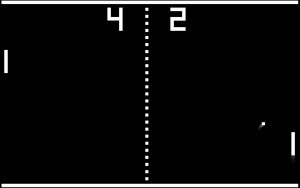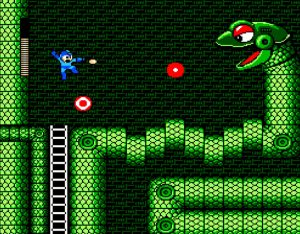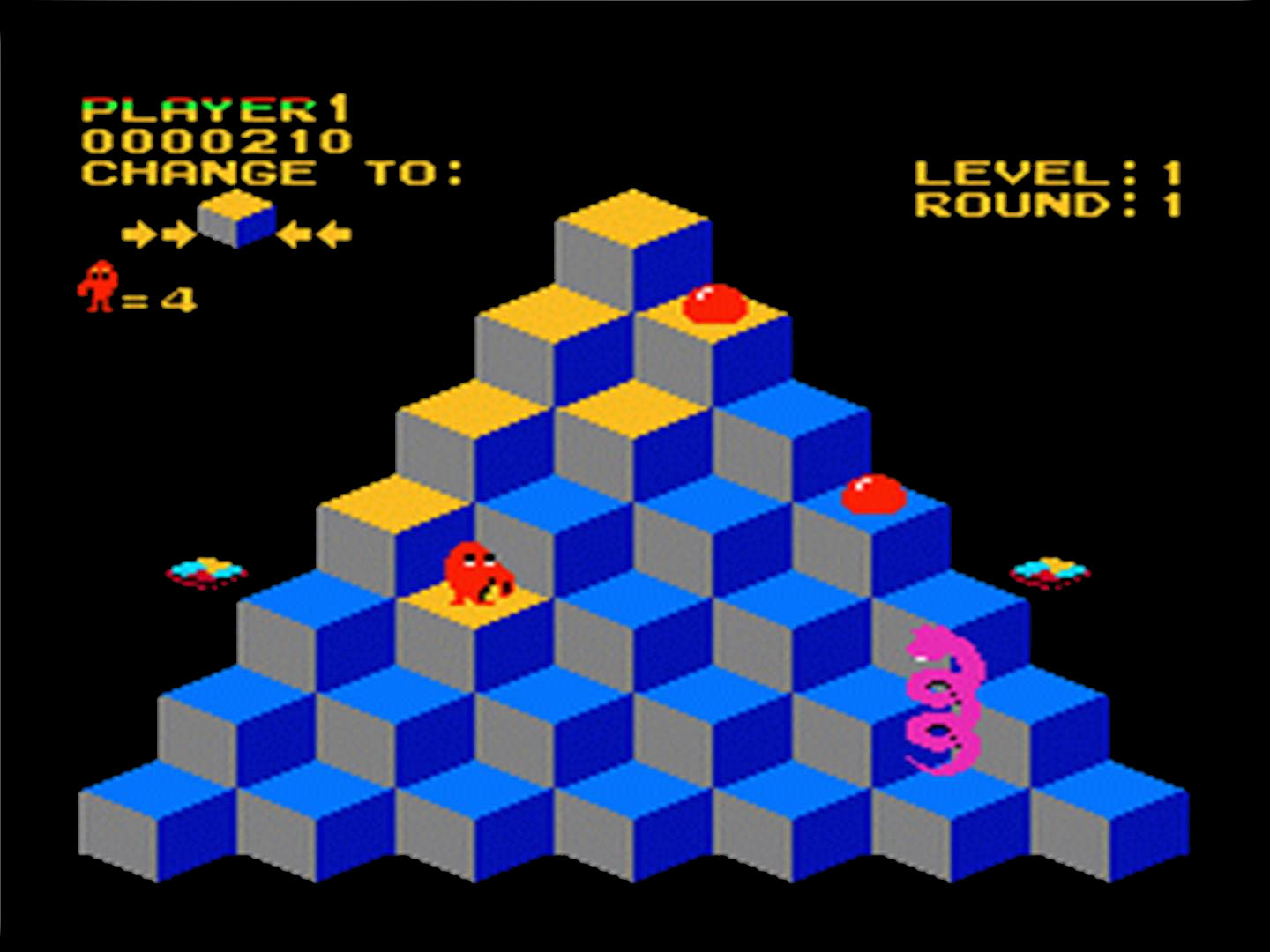For some players, Mario was with them from the very first time they picked up a controller. For others, it was a small white ping pong ball. For still others, it was little, box-shaped, creepy, green guys. Whatever your entry into the world of gaming was, you might be surprised to know how far gaming has come since the first computer games in the 50s. This brief history doesn’t even scratch the surface of the interesting and complex evolution of gaming, but we hope it inspires you to research on your own as well! Please note: many of these generations coincided with each other, and these are the dates generally accepted for these eras.
The Very First Games – 1950’s
Key game(s): Turochamp, Tennis for Two, Spacewar!
The very first games were nothing like the video games we know now. In fact, entire computers had to be built just to run them! But these early tests sowed the seed of a desire for simulated games.
 First Generation – 1972 to 1977
First Generation – 1972 to 1977
Key game(s): Pong, Wheels, Gun Fight, Gran Trak 10, Tank, Sea Wolf
The first console, the Magnavox Odyssey, was released, and a table tennis game on that console was the inspiration for Pong by Atari.
Second Generation – 1976 to 1984
Key game(s): Space Invaders, Pac-Man, Ms. Pac-Man, Donkey Kong, Q*bert, Galaga, Asteroids, Tetris
Known for being one of the earliest shooters, Space Invaders is responsible for many important concepts in video games, including playing by lives instead of a timer or set score, gaining extra lives via points, tracking the high score, and background music during game play. Asteroids, released the following year, also popularized showing multiple high scores. Starting with Pac-Man, new games appeared with identifiable characters and the beginnings of platforming. This time period also featured the first true console war and the first handheld console.
 The 8-Bit Era – 1983 to 1992
The 8-Bit Era – 1983 to 1992
Key game(s): Super Mario Bros., Legend of Zelda, Final Fantasy, Metal Gear, Dragon Quest, Mega Man
The third generation of video games began with the Nintendo Entertainment System, which helped revitalize the U.S. gaming industry when it was brought over from Japan. The stealth genre was also born at this time, with the release of Metal Gear. The precursor to survival horror games debuted as well, in Capcom’s Sweet Home.
The 16-Bit Era – 1987 to 1996
Key game(s): Mortal Kombat, Sonic the Hedgehog, Doom, Shenmue, Street Fighter, NBA Jam, Myst
The fourth generation marked the debut of Street Fighter, which revitalized arcade games to a level unseen since the Pac-Man days. The success of Street Fighter led to games such as The King of Fighters and Mortal Kombat. The release of Mortal Kombat sparked an intense national discussion about the violence of video games and how they affect children.
3D computer graphics started to make their debut, in games such as Virtua Fighter. This would inspire the launch of the PlayStation as a 3D-focused hardware. The major consoles of the time were the SNES and Sega’s Mega Drive.

(EA Games)
32-Bit Era/ 64-Bit Era – 1993 to 2002
Key game(s): Super Mario 64, The Sims, PaRappa the Rapper, GoldenEye 007, Resident Evil, Wolfenstein 3D, The Legend of Zelda: Ocarina of Time, Final Fantasy VII
With the fifth generation, 3D graphics and compact disks became the norm, though the Nintendo 64 continued to hold out for cartridges. The debut of Sony’s PlayStation and the Sega Saturn marked the first time Nintendo’s market share dropped significantly, something they did not recover from until the Wii. The Legend of Zelda: Ocarina of Time came out for the Nintendo 64 and is one of the most critically acclaimed games of all time, and is still the highest ranked game across all platforms on video game aggregator Metacritic.
Sixth Generation – 1998 to 2006
Key game(s): Quake, Warcraft: Orcs & Humans, Counter-Strike, Shenmue, Halo: Combat Evolved, Grand Theft Auto III
The Sega Dreamcast, arguably a console ahead of its time, kicked off the launch of this video game era, which was a time most known for the advancement of online play. Id Software’s shooter Quake pioneered play over the Internet in first-person shooters (and spawned software used to create many games thereafter). Microsoft released its first Xbox, with sales almost entirely driven by the Halo series, which became one of the most successful shooters of all time. This time period also marked the beginning of mobile games, when Nokia installed Snake on their phones.
Seventh Generation 2004 to 2013
Key game(s): God of War, Assassin’s Creed, World of Warcraft, Angry Birds, FarmVille, MineCraft
Games began to have a more cinematic approach during this time period, as the Wii, PlayStation 3 and Xbox 360 became incredibly sophisticated machines. This generation is marked by cinematic graphics, motion controls, the popularity of quick-time events, the rise of PC games marketed to non-gamers (such as Bejeweled) and cloud computing being used for video game storage. The Wii, along with games like FarmVille, Angry Birds and Bejeweled led to a new rise in “casual gamers”, people who generally would not classify themselves as “gamers” but who play games extensively nonetheless.

(Naughty Dog)
Eighth Generation: 2013 – Present
Key game(s): Super Mario 3D World, Super Mario Maker, The Last of Us, Five Nights at Freddy’s, Overwatch, Pokémon Go, Pokémon Sun and Moon, Rocket League
Our current gaming era is very similar to the seventh generation, but with a huge focus on virtual reality, sharing gameplay and indie games. This is not the first time that VR has been tried with video games, but new technology has made the experience more comfortable and accessible than ever before. Gamers can now enter their home and ask their console to turn on. They can stream directly from consoles and share their controllers with long-distance friends. Indie games, which have steadily grown in popularity, started coming to consoles in droves, in part because of their popularity with YouTube and Twitch let’s players.
What’s next for gaming? We’re excited to see! Share your favorite gaming memory with us on Twitter (@lootcrate) with the hashtag #GamingFaves
If you’re big enough gamer that this whole time you’ve been going “Yep, knew that” – Loot Gaming is for you! The current theme is FUTURE TECH!
(This article was featured in Loot Crate Magazine, January 2017)



